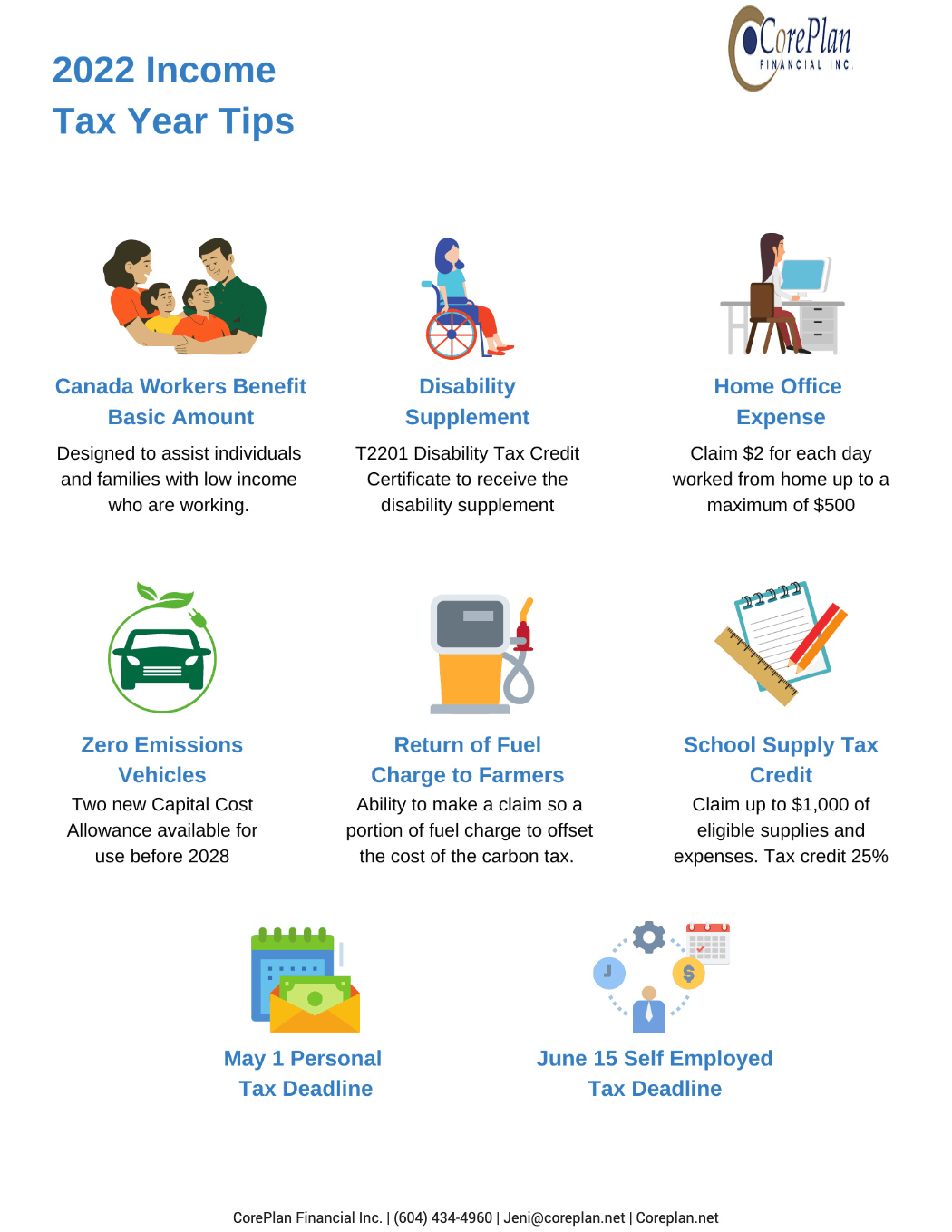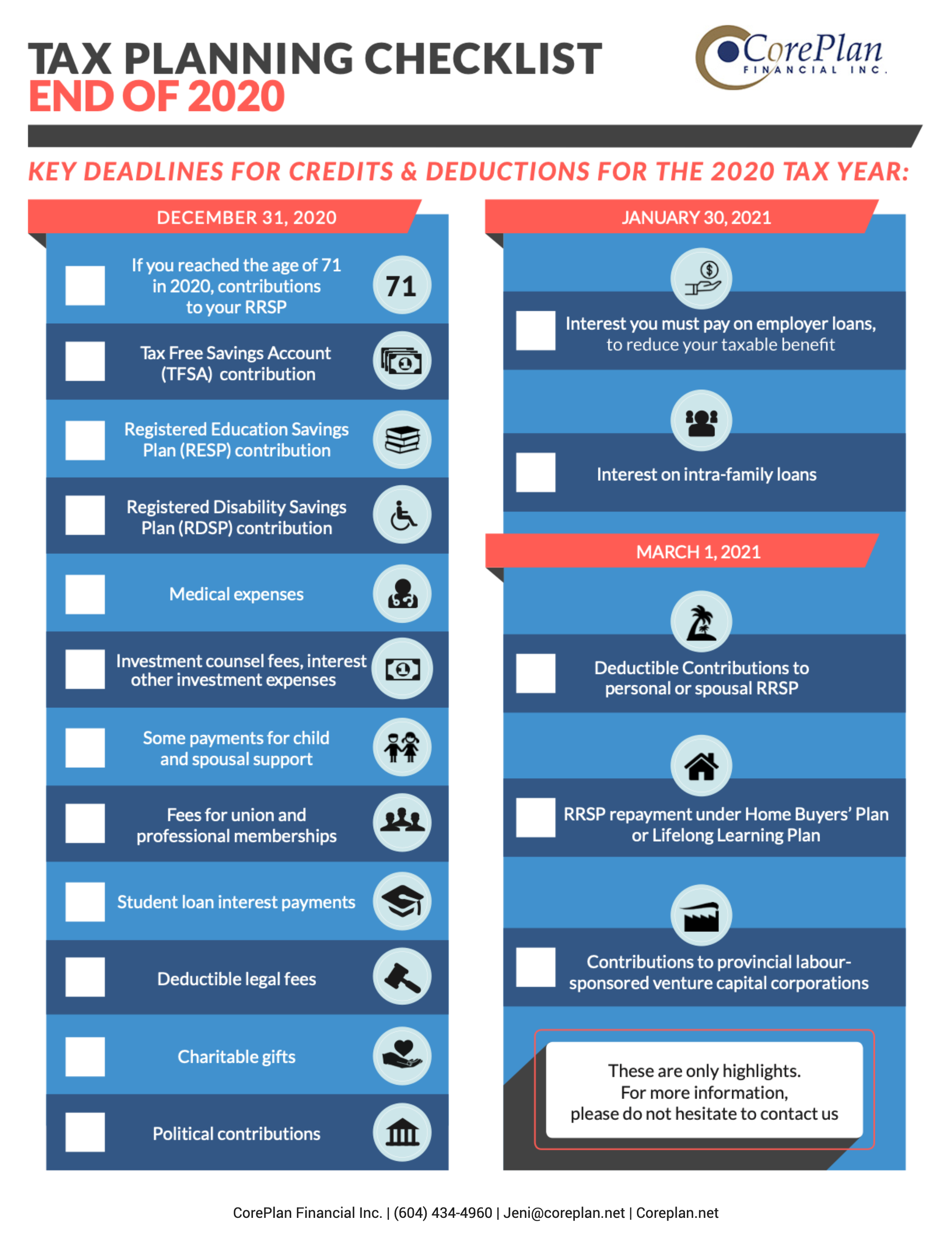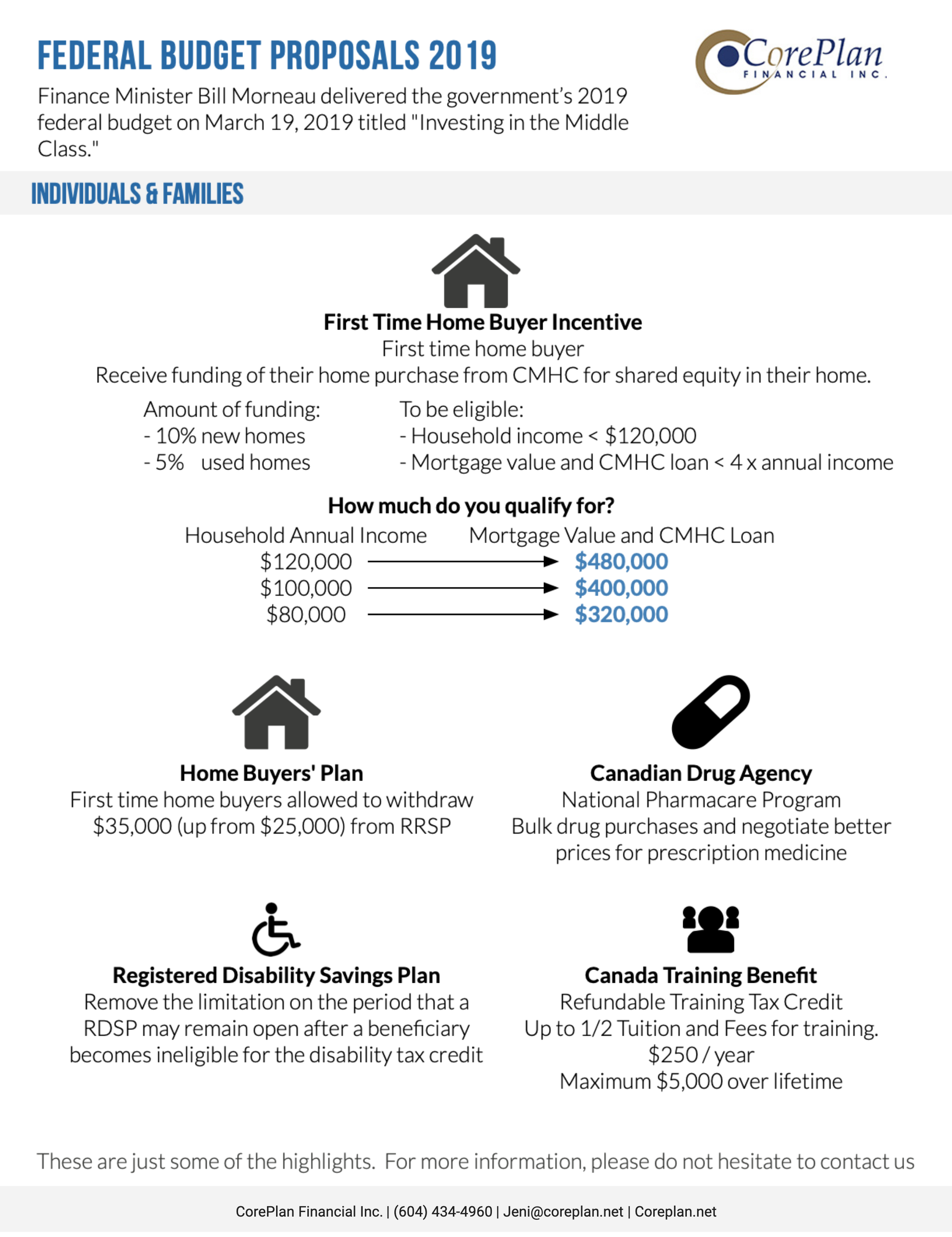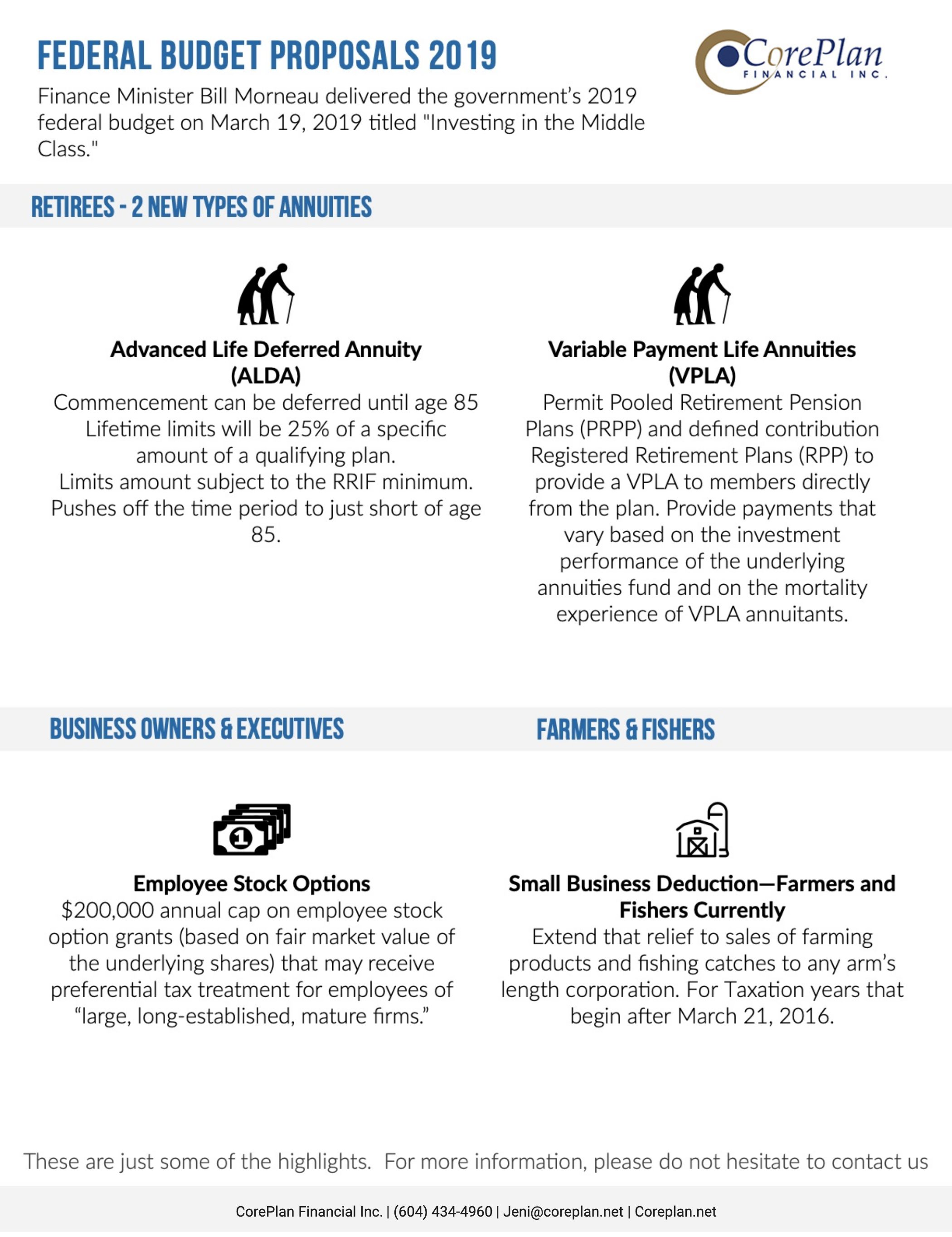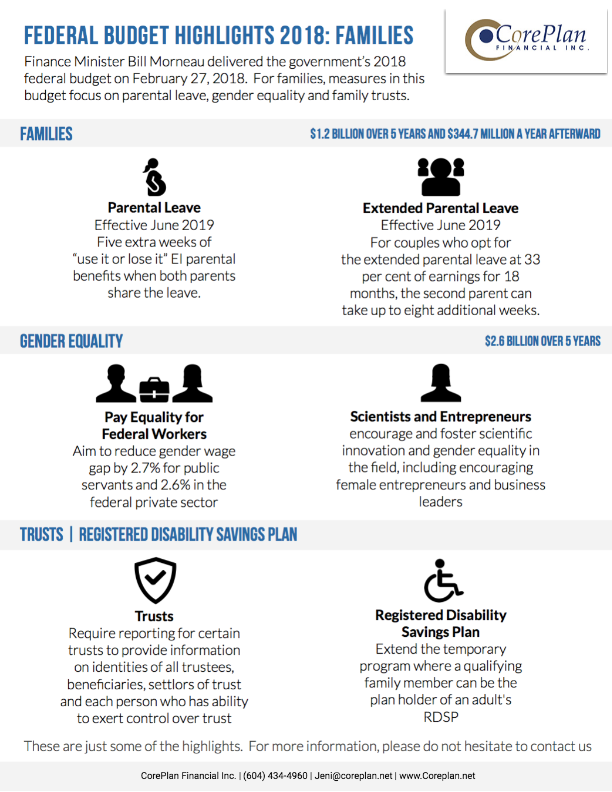Protecting Key Talent using Group Benefits
Building a Sustainable Future Together
As a group benefits specialist, our main objective is to foster a sustainable future by working in partnership with our clients. We believe that a knowledgeable and engaged workforce is essential for any organization’s success. One of the crucial aspects of achieving this goal is protecting key talent within your company. In this article, we will explore how group benefits can play a significant role in safeguarding your organization’s most valuable asset: its people.
The Value of Key Talent
Key talent refers to those employees who possess critical skills, expertise, and knowledge that drive your company’s growth and success. They are the backbone of your organization, ensuring it thrives in today’s competitive landscape. Retaining these valuable individuals is vital as their loss can have a significant impact on your business operations, productivity, and overall morale.
Challenges in Retaining Key Talent
In today’s dynamic job market, retaining key talent can be challenging. Many factors come into play, such as attractive offers from competitors, personal growth opportunities, work-life balance, and employee well-being. As an employer, understanding and addressing these challenges are essential to protect your top performers and maintain a competitive edge.
The Role of Group Benefits
Group benefits can be a powerful tool in attracting and retaining key talent. By offering comprehensive and customized benefits packages, you demonstrate your commitment to your employees’ well-being, security, and future. Here are some key aspects of group benefits that contribute to protecting your key talent:
1. Health and Wellness Coverage
Providing robust health and wellness benefits, including medical, dental, and vision coverage, not only promotes a healthy workforce but also demonstrates your dedication to their overall well-being. When employees feel supported in their health, they are more likely to remain loyal to your organization.
2. Income Protection
Group benefits often include disability insurance, which provides financial protection for employees who might experience an injury or illness that prevents them from working. This security helps ease financial worries during challenging times and creates a sense of stability, encouraging key talent to stay with your company for the long term.
3. Retirement Planning
A well-designed retirement plan is an attractive feature for key talent. It shows that you care about their future and are committed to helping them achieve financial security during their retirement years. Contributing to a retirement plan also reinforces a collaborative and client-focused relationship with your employees.
4. Work-Life Balance Support
Offering benefits that support work-life balance, such as flexible work arrangements, paid time off, and family leave, shows your understanding of the importance of a balanced life. Employees who feel they have the flexibility to manage their personal and professional responsibilities are more likely to stay committed to your organization.
5. Career Development
Group benefits can extend beyond traditional offerings. Consider including professional development and training opportunities within your benefits package. Investing in your employees’ growth not only enhances their skills but also reinforces your commitment to their long-term success.
Educational Approach and Collaboration
Our mission as group benefits specialists is to provide educational and collaborative support to our clients. By engaging in open discussions about your organization’s needs and goals, we can tailor group benefits packages that align with your unique requirements. Together, we can build a sustainable future by nurturing and protecting your key talent.
Protecting key talent using group benefits is not just a sound business strategy; it reflects a client-focused, educational, and collaborative approach to employee welfare. As a group benefits specialist, we are committed to working hand-in-hand with our clients to create comprehensive and customized solutions that safeguard their organization’s most valuable asset – their people. By investing in the well-being, security, and future of your employees, you are not only enhancing loyalty and retention but also building a stronger and more sustainable future for your company. Let’s continue to partner together to ensure a prosperous and thriving workforce.



